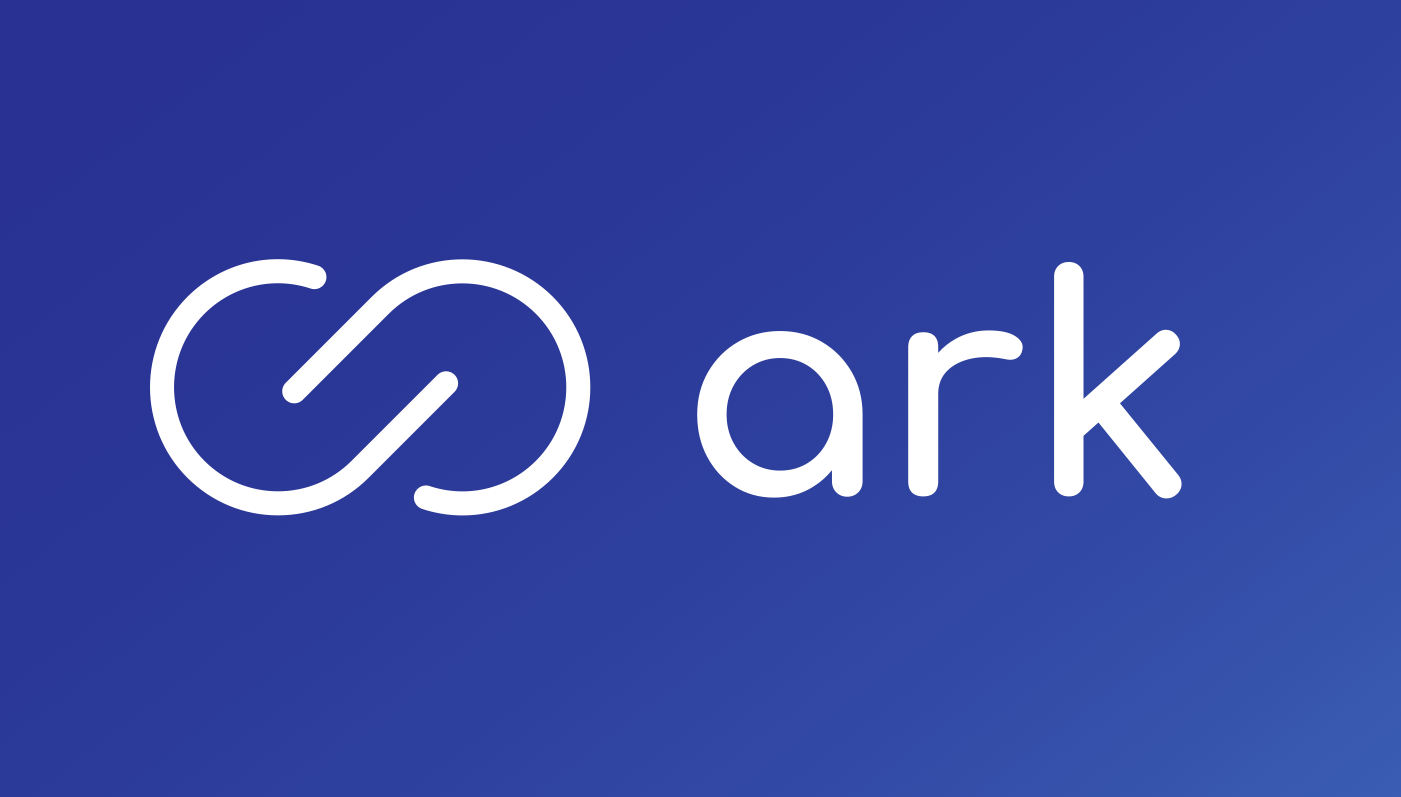Executive Summary
In today’s private markets, growth and consolidation move hand in hand, and every service provider acquisition brings new risks for data, governance, and control. What began as a cottage industry of niche providers has evolved into a crowded ecosystem of administrators, software vendors, and service partners, all vying for a GP’s business.
But as these players roll up, fund data increasingly flows across multiple systems, often controlled by entities with competing interests. The challenge shifts from being primarily about technology to being more about data governance. Who owns the data? Who has access? And how can managers reassure LPs that confidentiality remains intact in an environment where consolidation is becoming more prevalent?
The solution isn’t simply more policies or security tools. It requires a shift in how firms think about technology itself – one that separates critical fund data from vendor consolidation and keeps control in the hands of managers and their admins. We’ll call it the Tech-Forward stack as a way to safeguard sensitive information while preserving flexibility and trust.
When Your Software Changes Hands
Mergers and acquisitions in PE/VC technology are no longer occasional; they’re becoming routine. An administrator acquires a software vendor. A competitor snaps up a rival’s tools. A PE fund’s technology arm takes ownership of a prominent back-office platform.
Each deal introduces new, and often hidden risks around data ownership and confidentiality.
Take a recent example: a large fund administrator acquiring an LP communications platform. The transaction itself isn’t unusual; roll-ups occur frequently. But for clients, the consequences are real. Administrators find a core tool in their tech stack suddenly controlled by a competitor. At the same time, GPs see highly sensitive investor data placed under the oversight of a vendor they may barely know.
When technology stops standing apart, conflicts of interest and blurred accountability quickly follow.
When Data Risks Outpace Governance
As consolidation accelerates, so does the exposure of fund data. Risks emerge at multiple levels:
More eyes on your data: To “help” with support or operations, vendors often broaden internal access, sometimes to parts of the business that have lower levels of oversight, potentially leading to misuse of the data.
 Shifting priorities under new ownership: After an acquisition, product roadmaps and client support often tilt toward the parent company’s strategy, not the client’s needs, leaving GPs and administrators with less influence and misaligned service.
Shifting priorities under new ownership: After an acquisition, product roadmaps and client support often tilt toward the parent company’s strategy, not the client’s needs, leaving GPs and administrators with less influence and misaligned service.
Merging governance and policies: When firms combine, so do their governance standards. The acquiring company may not uphold the same service commitments or security protocols, creating uncertainty about whether investor and financial data are being managed at the level originally promised.
Data in motion during M&A: When platforms change ownership, temporary copies, migrations, or contractor involvement expand the window for leaks. Sensitive data may reside in multiple, ungoverned places before being reassembled under the new vendor.
The illusion of anonymity: Usage stats or “anonymized” summaries may still reveal patterns about fund financials, performance, or fundraising timelines—information that can be valuable to the vendor’s other business lines, such as lending, agency, or rival software services.
The consequences go beyond operational headaches. LPs are becoming more sophisticated about data risk. If a new vendor’s ownership or practices don’t pass the investor “sniff test,” managers risk losing credibility, or worse, investor trust.
Why a Neutral Platform Matters
A neutral system of record creates a firewall between the technology and the service providers. It prevents conflicts of interest, clarifies responsibility, and makes it easier to enforce confidentiality. With neutrality, administrators compete on service quality, not control of the underlying software.
This approach isn’t theoretical. Other industries, such as healthcare, accounting, and even payment providers, have long recognized the need for independent platforms to safeguard sensitive data while enabling competition. Fund management is at the same inflection point today.
Benefits of a Neutral Tech Stack
For GPs and fund administrators alike, the advantages are tangible:
Flexibility and leverage: Neutral systems preserve freedom of choice. Managers can select or switch providers based on service quality rather than being locked into a vendor’s larger tech ecosystem. This preserves transparency in pricing and creates negotiating power.
Continuity with less disruption: A neutral stack insulates firms from the turbulence of M&A. Managers aren’t forced into disruptive tech migrations every time a vendor gets acquired, and they can trial new service providers in parallel without disrupting the LP experience.
Clear accountability: With a neutral platform, problems are easier to diagnose and resolve. When software and services are blended, it’s easy for responsibility to become blurred. Neutrality enforces clarity: a service issue belongs with the provider; a platform issue belongs with the vendor.
Aligned priorities with clients: A neutral platform ensures the product roadmap and support remain focused on client needs—not redirected by the strategic agenda of a parent company after an acquisition.
In short, neutrality simplifies complexity and reinforces accountability. It allows administrators and managers to focus on their core responsibilities, performance, and investor relationships, without worrying about who else is accessing their data.
Conclusion: Safeguarding Trust and Ownership
For admins, LPs, and GPs alike, tech consolidation raises one question: who really controls the data? It’s this concept that makes stronger approaches to fund data governance essential. Neutral, partner-agnostic technology provides the buffer to keep sensitive information out of unauthorized or competing hands.
At its core, protecting investor confidence comes down to one principle: control your data, don’t let your vendors control you. A neutral stack preserves trust, safeguards choice, and gives firms flexibility without compromising confidentiality.
Take back control of your fund data — see the Tech-Forward stack in action: Schedule a demo.





